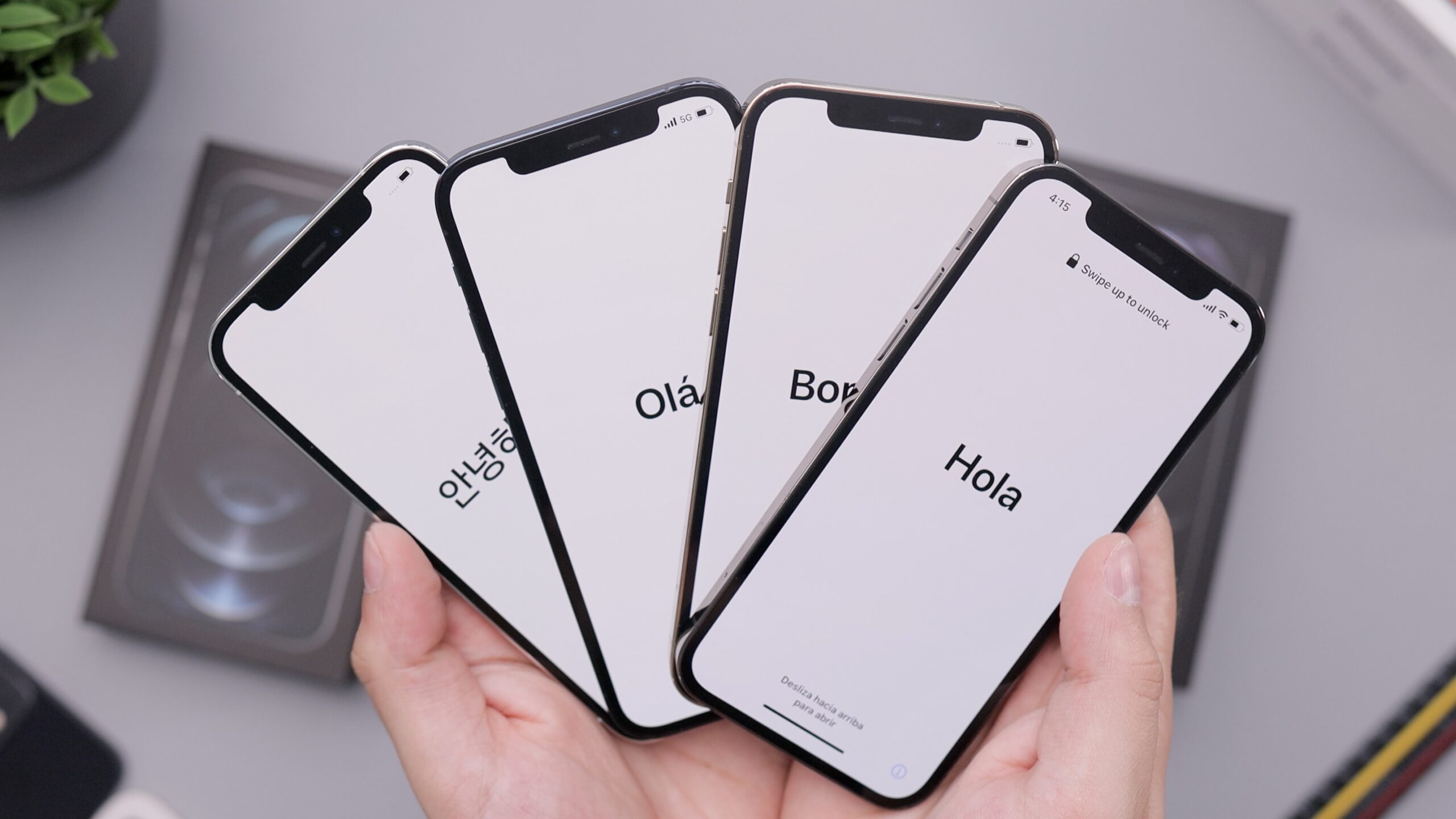A Guide to Global Greetings: How to Say Hello in Different Languages

We’ve all seen those welcome signs that have the word “hello” in as many languages as possible. The question is do you know how to pronounce all of those greetings translations? Do even know what each of those languages are?
Well, that’s where we can come in and help. The first word you learn in any language is “hello”, so we’ve made it easy and put all the linguistic “hellos” together. Especially in a country as linguistically diverse as Canada, you can hear these languages in many places you go. If you want to be able to greet as many people as possible around the world, keep reading!
How to Say Hello in Different Languages
There are thousands of languages that are spoken around the world if you count the minority and indigenous languages that aren’t spoken outside their communities. We cannot possibly hope to put every single language on this list, so we have curated it the most widely spoken languages. You can always use translation apps or ask native speakers how to say hello in other languages that are not listed here.
- How to say hello in Spanish – Hola (o-la with a silent H)
- How to say hello in French – Bonjour (bon-zhoor)
- How to say hello in Portuguese – Olá (o-la)
- How to say hello in Chinese – Nihao (nee-ha-o)
- How to say hello in Japanese – Konichiwa (ko-nee-chee-wah)
- How to say hello in Korean – Annyeonghaseyo (an-yang-ha-sey-you)
- How to say hello in Arabic – Asalaam Alaikum (as-sah-lahm a-lay-koom)
Hello in Other Languages
To get you started on your journey to say hello in every language in the world, we do have two minority languages that we can provide to you. Both of these languages, while currently transliterated into the English alphabet, the pronunciation does line up with how the English language works.
Saying hello in Thai and knowing how to say hello in Cree both require understanding the tones of the language. For example, hello in Thai is pronounced “swasdi” or “sa-wa-dee”. However, the last sound of “i” needs to be held for two syllables or “beats” of the word. If you do not hold the last sound the word means something different.
One of the most common minority languages you can hear in central Canada is the Cree language. It is an indigenous language that is rarely heard or understood by those outside of the tribal community. Since they are one of the largest First Nations of North America, knowing how to say hello in Cree could be a good stepping point to communicating with this amazing community.
Hello in Cree is pronounced Tahn-sih. It is important to note the “h”s are not silent. They are an exhalation that you pronounce during the syllable where they are placed.
Different Greetings Around the World
There are other ways to say hi than a simple hello in many languages. For example, in English you can say “what’s up” or “how’s it going” if you want to know how someone is feeling. Depending on the time of day you can also say “good morning” or “good evening” as a greeting. Simple hello greetings is fine for beginners, but to sound like a native speaker you cannot rely on this to start a conversation every time.
For example, here are some other casual greetings in French you can try out:
- Good evening – Bonsoir
- Nice to meet you – Enchanté
- What’s up? – Quoi de neuf
If you are looking for other greetings in Spanish, here’s a few ideas:
- What’s up? – Qué tal?
- How are you? – Comó estás?
- Good morning – Buenos días
Some languages don’t even have a specific word for “hello” but instead have one word to greet people with that also has other meanings. For example, the word “tashi delek” is used as a Tibet greeting to say hello, but also wishes good-luck and good wishes onto others simultaneously. Hebrew is similar in that “shalom” means hello, goodbye, and peace, and is used as a quick greet and bestow peace on someone.
Why You Must be Careful in Greeting Translations
Greeting translations are a tricky thing to get right. Because there are so many ways to greet others and say hello in multiple languages, the simple act of greeting someone can get lost in translation without the proper help. Many native speakers can tell if you are fluent or not in their language just by how you greet them! So make sure to take the time to learn and pronounce these right as you continue learning the languages of the world.



